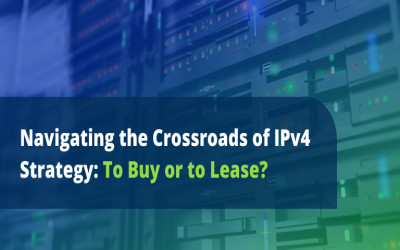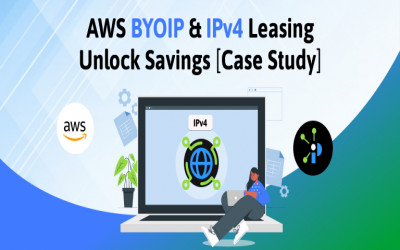What is Carrier-grade NAT? How to check if the ISP uses CGN in Windows 10
-
Posted at 2020-08-11 17:12:44
.jpg)
There are today about 4.3 billion IPv4 addresses in use around the world. Over the last few years, different regions have begun running out of IPv4 and, on the 25th of November 2019, RIPE NCC made the final /22 IPv4 allocation from the last remaining addresses in the available pool and has officially run out of IPv4 addresses. A solution to this is to use IPv6 addresses. But, since this may take time, service providers have resorted to offering Carrier-Grade NAT to a large number of customers to tackle the issue.
What is Carrier-grade NAT?
There are two types of IPv6 Transition Technologies. These are Carrier-grade NAT also known as CGN or CGNAT and Large Scale Network Address Translation or NAT also known as LSN. These technologies help to extend the accessibility of IPv4 addresses with the help of a private IPv4 address in service provider networks. Carrier-grade NAT is an extension of the Network Address Translation. Its primary function is to extend the usability of the IPv4 address and allow a hassle-free transition to the IPv6 address. It is primarily used by big networks and service providers.
Carrier-grade NAT, in particular, was created so that service providers could use a public IP address to support more customers. It offers NAT444 that helps to translate a private IP address into a public IP address. With the CGN, one can swap a public IP address with a private IP address on a CPE device. In this direction, many customer networks can use one public IP address.
Carrier-grade NAT is essentially used to reduce the load of IPv4 addresses on the internet.
How can one check the Carrier-grade NAT on Windows 10?
If you need to know whether or not your ISP uses Carrier-grade NAT on Windows 10 or not, you can refer to the tips given below.
There are four simple steps that you need to follow:
1. You need to start by finding your public address on the web. To do this, you can open any browser on your computer system like Google Chrome, Mozilla Firefox, Microsoft Edge, etc. Once you have opened the browser, you need to go to the Google search engine. Now go to the text box and type ‘My IP Address’. You will be redirected to a new page that will show you your IP address. You need to make a note of this address, as you will require it later. If the above step seems longer, you can click on this link.
The IP address is a numerical address that consists of 12 numbers.
2. After finding your IP address, you need to go back to the desktop or home screen on your computer. Once there, press the keys Ctrl and X together. You will see a drop-down menu on the screen. Scroll down and look for the option, Windows PowerShell (Admin)”. Now click on this to open PowerShell.
3. A new blue colored window will appear on your screen. In the PowerShell window, you need to type, ‘tracert your public IP’(e.g. : tracert 162.104.45.36). Press enter after entering the command. Wait for the outcome. You will see a numbered list appear on the box. If you see two or more than two lines, it implies that your ISP is using a Carrier-grade NAT.
4. If upon entering ‘tracert your public IP’ on the PowerShell window, you see only one line, it implies that your ISP is not using a Carrier-grade NAT.
If you find a CGN, here are some things you should know:
For people who often face issues like bans, server hosting problems, and VoIP, it is crucial to get in touch with your ISP. CGNAT can affect user functionality on a network. This may not make a difference if you use the internet to browse lightly and send or receive emails, but anything beyond can be a concern.
Typically, the ISP will put you out of the CGNAT without any additional charges. But in some instances, you can be asked to shift to a business connection. You can also use a Virtual Private Network or VPN.
.jpg)

.png)
